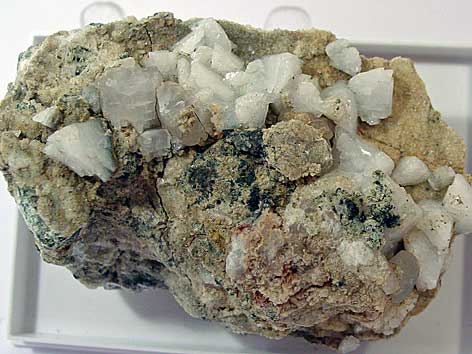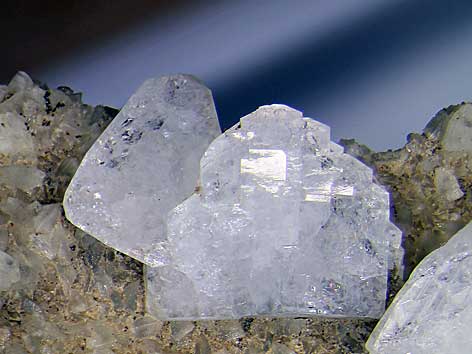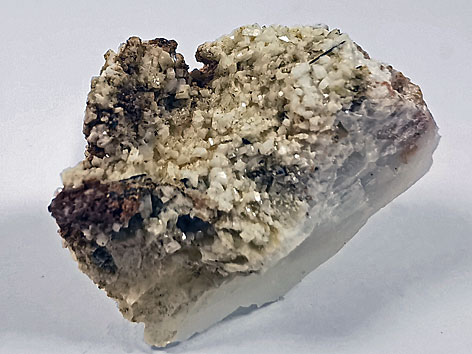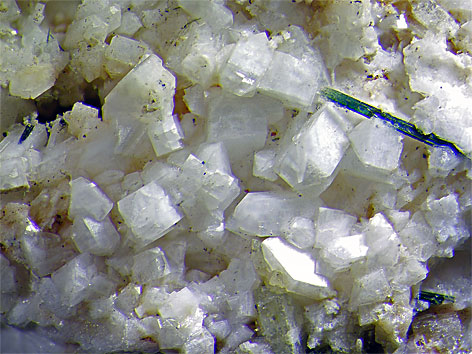
Edingtonit xx bis 10 mm Größe
More (Squilver) Quarry, Disgwylfa Hill, Nr. Bishop`s Castle, Shropshire, England

Edingtonit xx
Detail der links abgebildeten Stufe

Edingtonit xx neben Aegirin xx
Mt. Yukspor, Chibiny, Kola Halbinsel, Murmansk, Russland
Stufe: 2,7 x 1,9 cm

Edingtonit xx (weiß) neben Aegirin xx (dunkelgrün)
Detail der links abgebildeten Stufe
Bildbreite: 6 mm

Edingtonit xx
Ice River Complex, Golden Mining Division, British Columbia, Kanada
Stufe: 3,0 x 1,9 cm

Edingtonit xx
Detail der links abgebildeten Stufe
Bildbreite: 4,5 mm